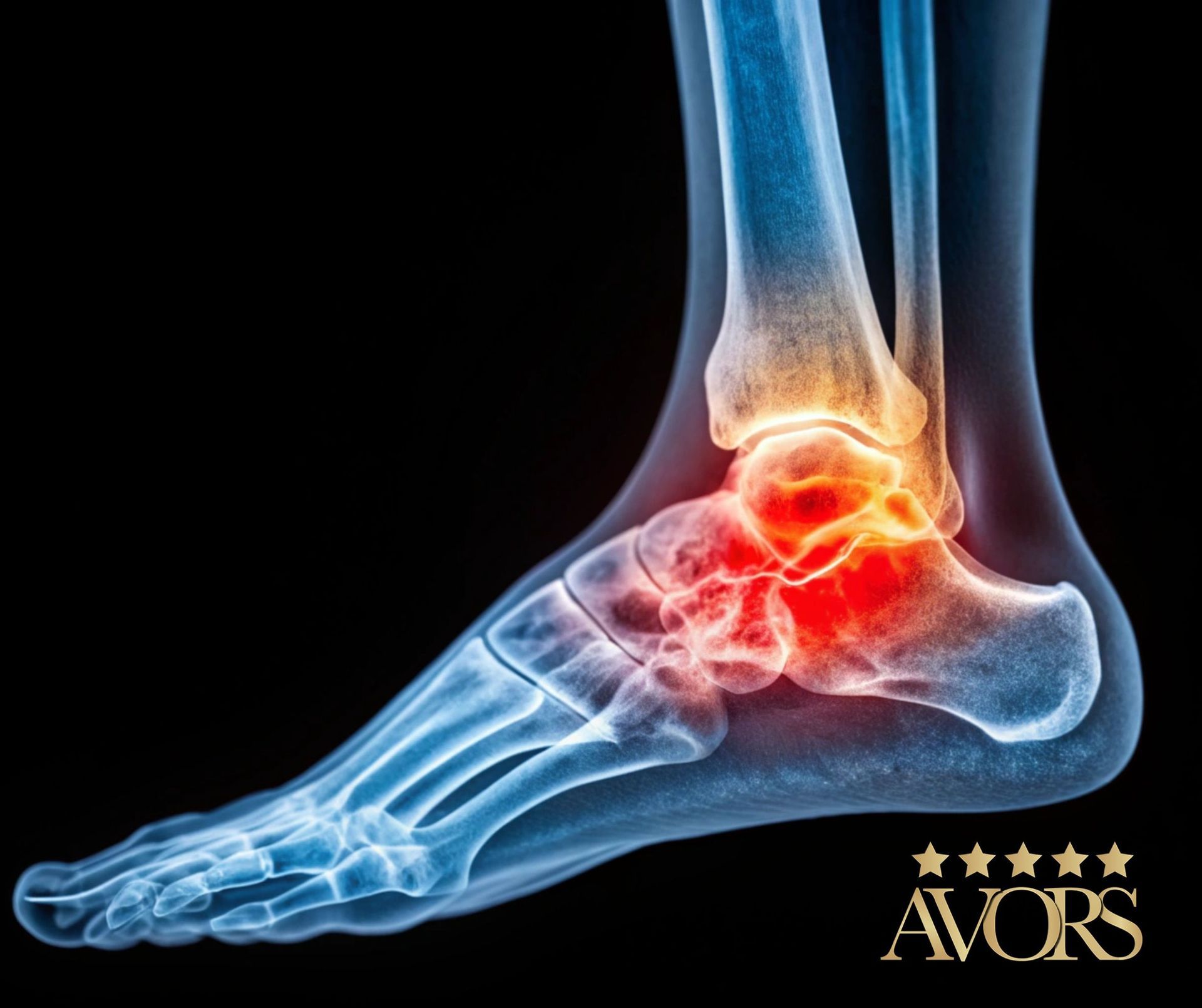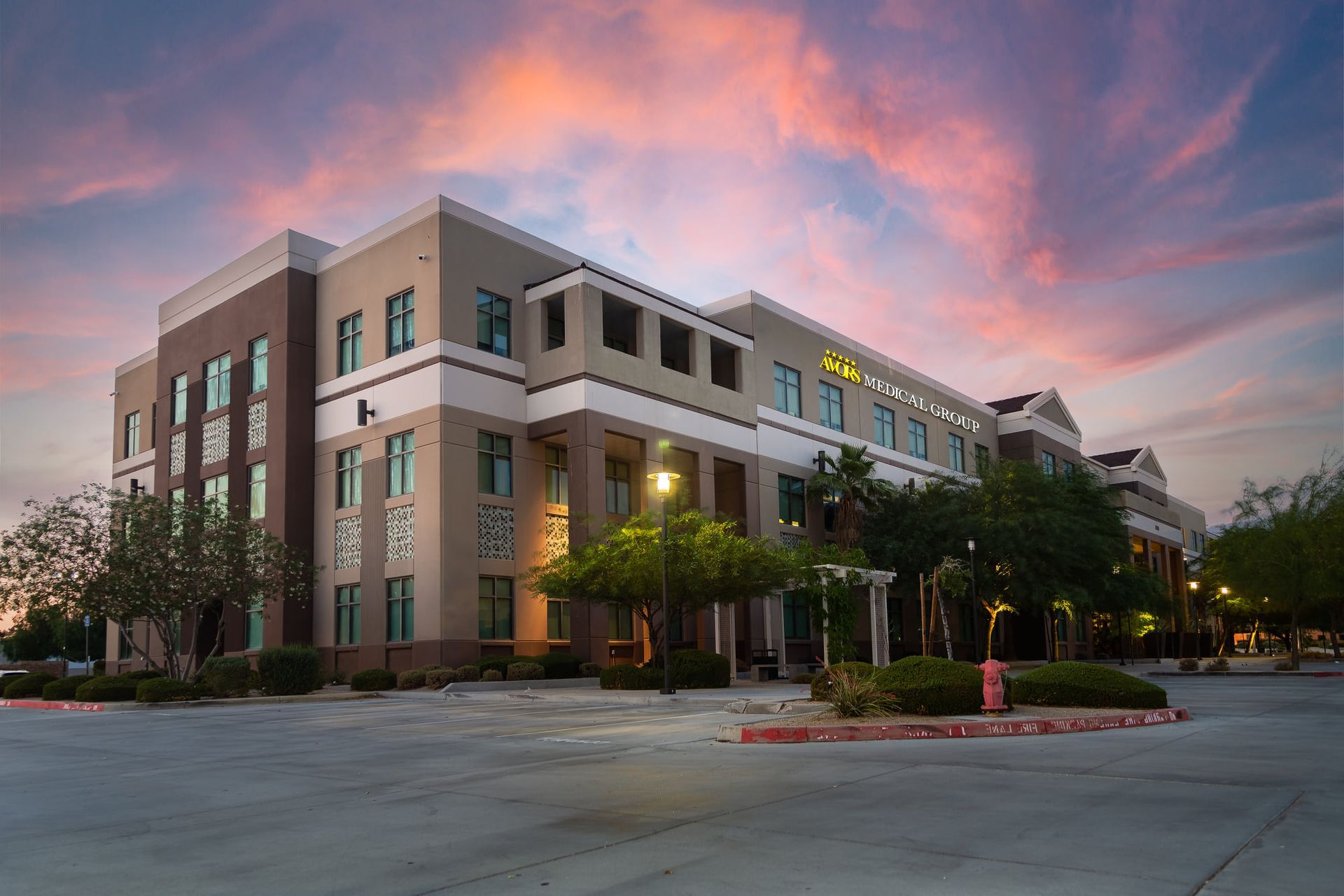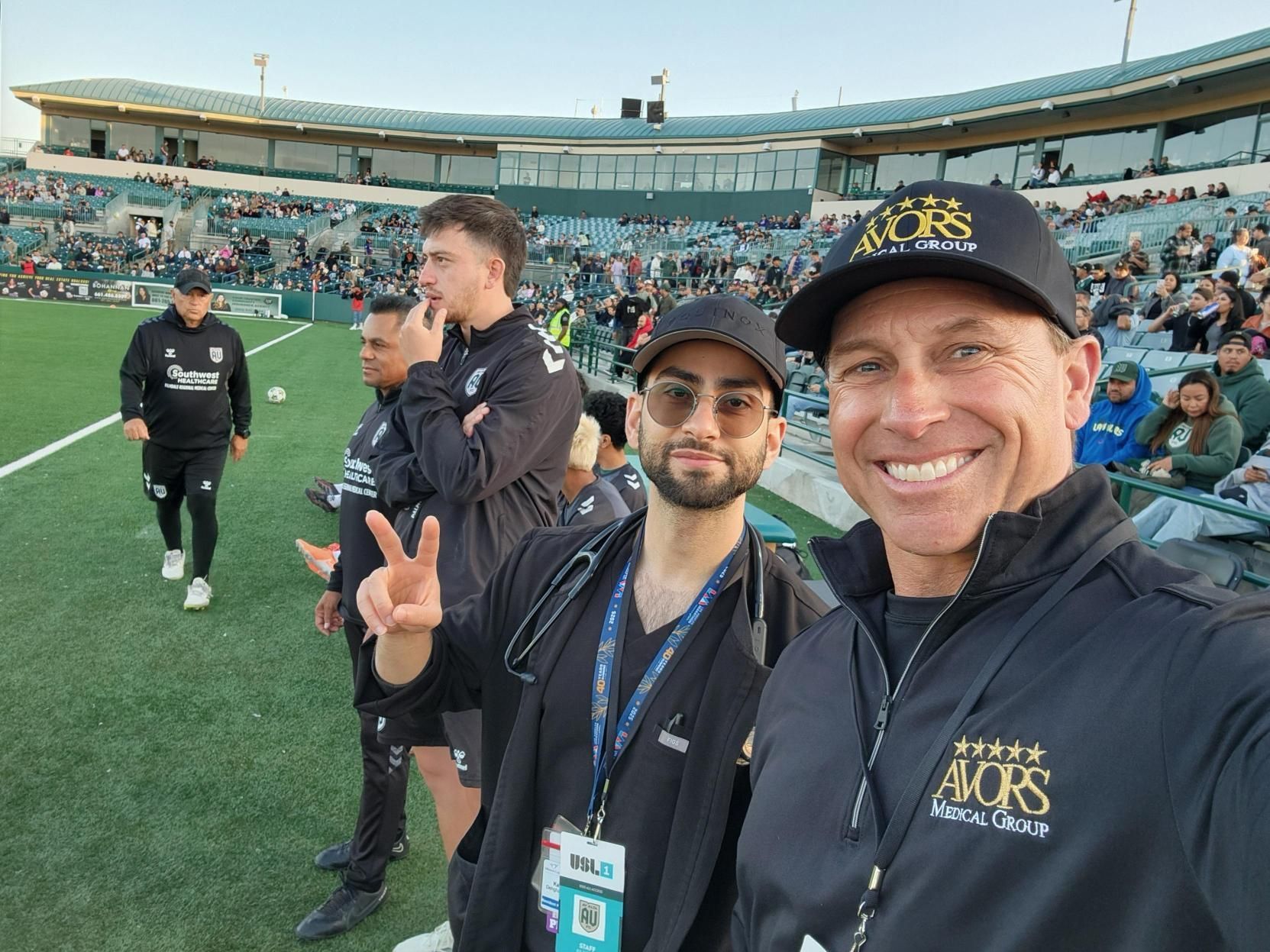Total Ankle Replacement in Palmdale, CA
Getting Back on Your Feet: Total Ankle Replacement with Dr. Sarah Gostich at AVORS Medical Group
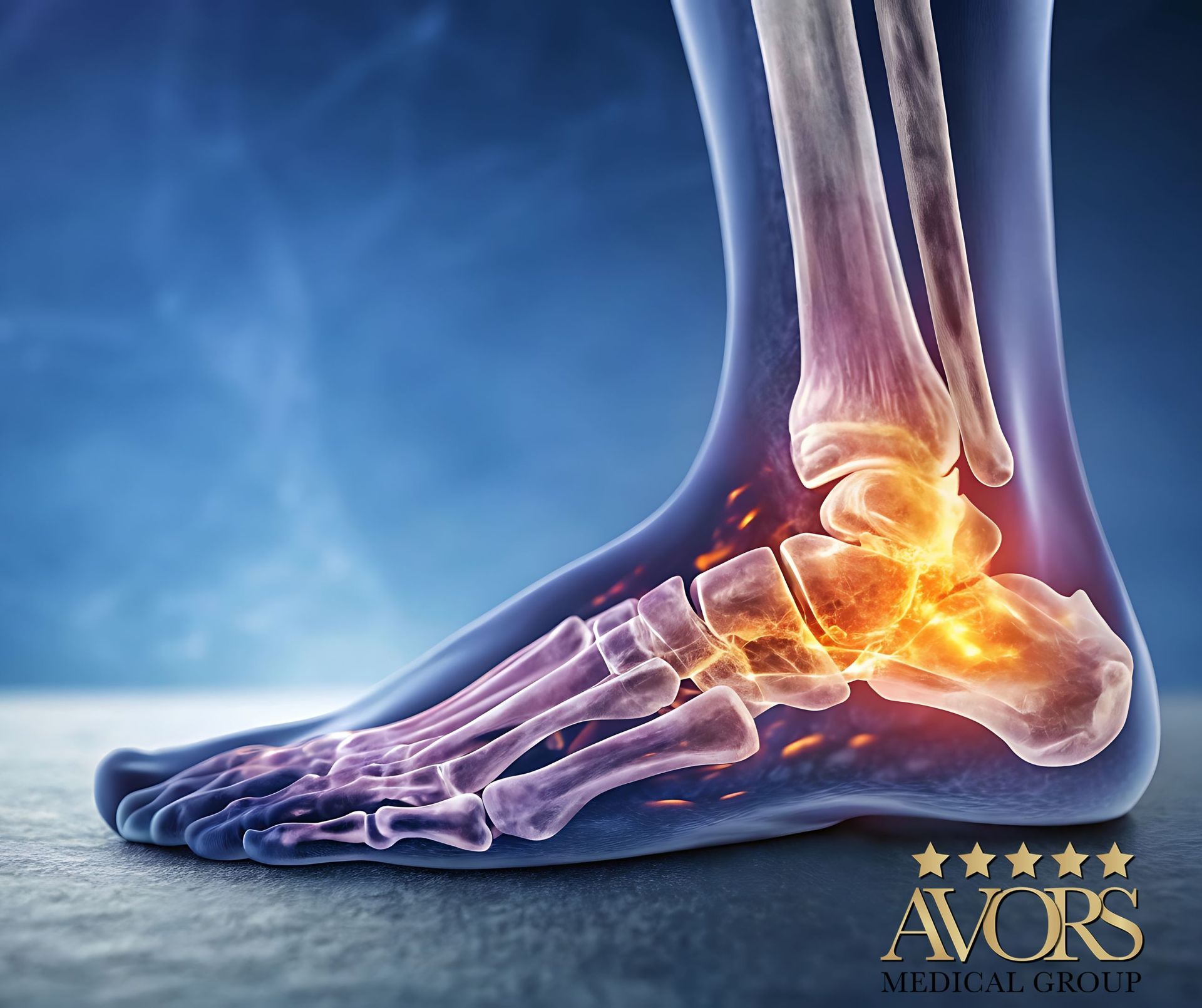
Why Have A Total Ankle Replacement?
Ankle arthritis—whether caused by injury, wear and tear (osteoarthritis), or autoimmune conditions like rheumatoid arthritis—can lead to debilitating pain, stiffness, and swelling. When conservative treatments such as bracing, physical therapy, or injections no longer provide relief, ankle replacement surgery becomes a viable option.
Unlike ankle fusion, which eliminates joint motion, total ankle arthroplasty preserves movement, allowing for a more natural gait and improved function. Patients often report significant pain relief and a return to daily activities like walking, climbing stairs, and even low-impact sports.
How the Procedure Works
Total ankle replacement involves removing the damaged bone and cartilage from the ankle joint and replacing it with a prosthetic implant.
The procedure typically includes:
- Incision and joint access: A small incision is made to expose the ankle joint.
- Bone preparation: The surgeon reshapes the tibia and talus bones for implant placement.
- Implant insertion: Metal components are placed into the bones, with a polyethylene insert between them to allow smooth motion.
- Recovery: Patients typically use crutches or a walker for 4–6 weeks, followed by physical therapy to regain strength and mobility.
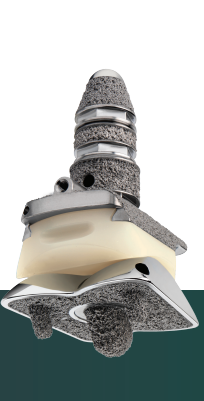
Stryker Inbone II Implant
Chronic ankle pain can be life-altering. Whether it's the result of arthritis, injury, or years of wear and tear, when your ankle stops functioning properly, even simple tasks like walking, climbing stairs, or standing for long periods can become unbearable. For many, total ankle replacement offers a path back to mobility, independence, and a pain-free life.
When Is Total Ankle Replacement Necessary?
Total ankle replacement—also known as ankle arthroplasty—is typically recommended when:
- Severe arthritis has damaged the joint beyond repair.
- Post-traumatic injuries (like fractures or ligament tears) have led to chronic pain and instability.
- Conservative treatments such as bracing, physical therapy, or injections no longer provide relief.
- The ankle joint has become deformed, unstable, or bone-on-bone, causing grinding and stiffness.
- The pain and loss of motion are interfering with daily life, work, or recreational activities.
What Conditions Lead to This Level of Damage?
The most common causes include:
- Osteoarthritis – age-related wear and tear that erodes cartilage.
- Rheumatoid arthritis – an autoimmune disease that inflames and damages joints.
- Post-traumatic arthritis – develops after injuries like sprains, fractures, or dislocations.
These conditions can lead to bone-on-bone contact, swelling, stiffness, and joint deformity. Over time, the ankle may lose its ability to bear weight or move properly, making surgery the best option.
Why Choose Replacement Over Fusion?
While ankle fusion (arthrodesis) is another surgical option, it eliminates joint movement entirely.
This can lead to:
- A stiff gait and altered walking mechanics.
- Increased stress on nearby joints, potentially causing secondary arthritis.
- Limitations in mobility, especially on uneven terrain or stairs.
In contrast, total ankle replacement:
- Preserves motion, allowing for a more natural stride.
- Reduces pain while maintaining flexibility.
- Protects surrounding joints from overcompensation and wear.
- Offers a quicker recovery and return to daily activities.
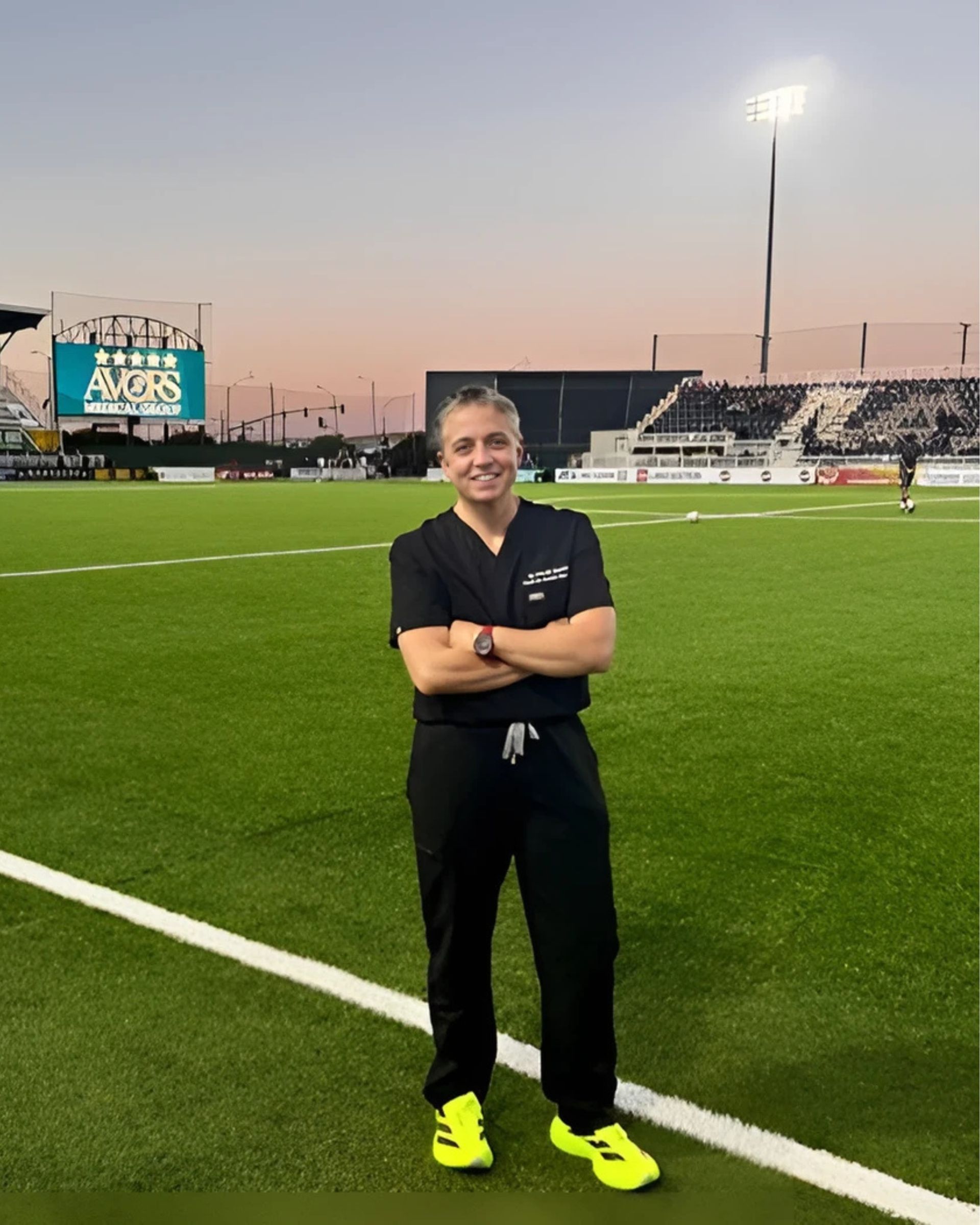
Meet Dr. Sarah Gostich
Dr. Sarah Gostich, DPM, FACFAS, is a board-certified foot and ankle surgeon specializing in trauma and reconstructive procedures. With a background as a firefighter/paramedic, she brings a unique perspective to patient care, emphasizing empathy, precision, and rapid recovery.
Her training includes:
- Residency in Foot/Rearfoot and Ankle Reconstructive Surgery at Bethesda Hospital, FL
- Medical degree from Kent State University College of Podiatric Medicine
- Member of the American Podiatric Medical Association
She specializes in trauma and reconstructive procedures, including total ankle replacements using many systems such as the Stryker Inbone® system. Her approach combines advanced surgical techniques with personalized care, helping patients regain mobility and confidence.
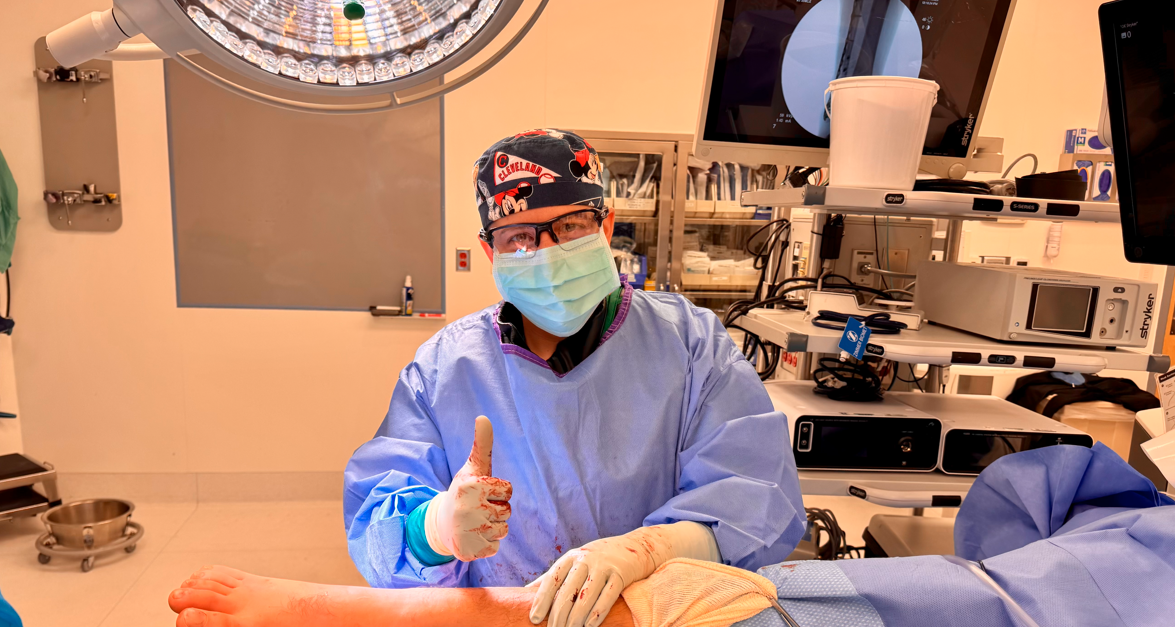
At AVORS Medical Group, we use a variety of systems such as the Stryker Inbone® Total Ankle System, a state-of-the-art implant designed for durability, precision, and long-term success.
Its modular design allows for customized fit and alignment, and its intramedullary guidance system ensures accurate placement.
This system is ideal for patients with advanced arthritis or deformity and has shown excellent outcomes in pain relief and joint function.
AVORS Patient Pre-OP
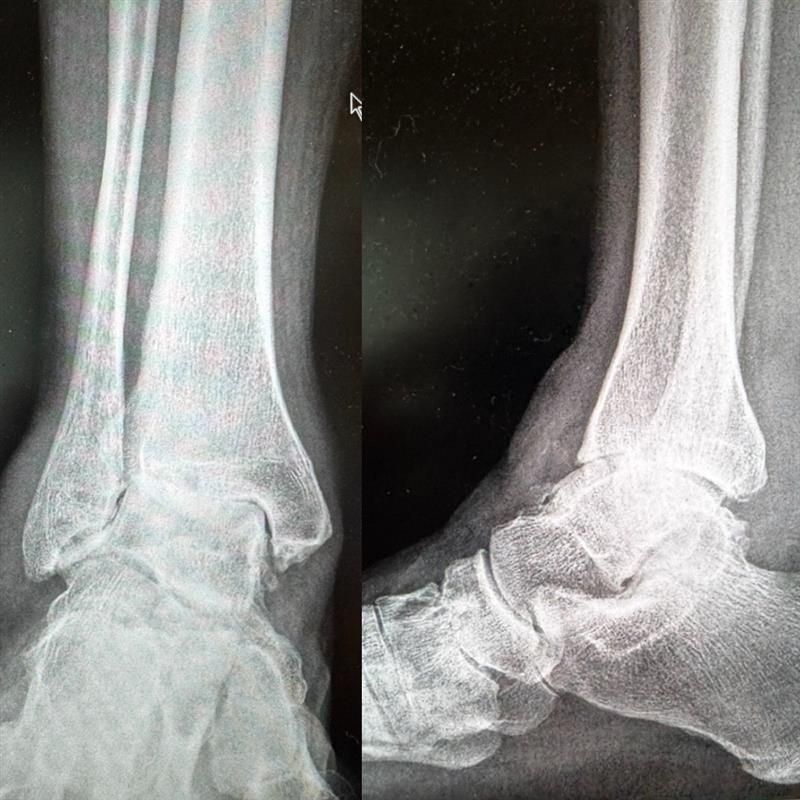
AVORS Patient Post-OP
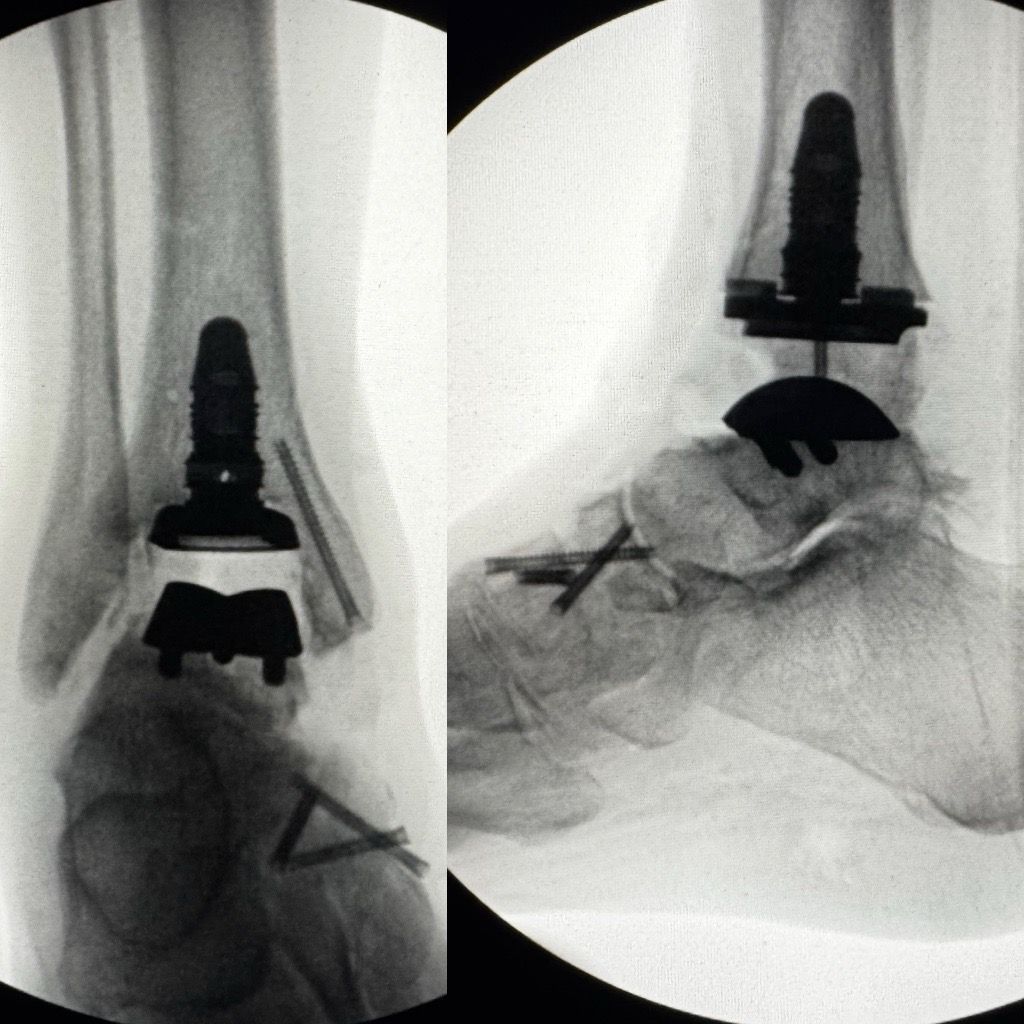
Schedule a Consultation
If you're struggling with ankle pain or arthritis, schedule a consultation with Dr. Sarah Gostich to explore whether total ankle replacement is right for you.
📍
AVORS Medical Group
42135 10th St W Ste 101
Lancaster, CA 93534
🌐 avorsmedgroup.com
📞 (661) 726-5005



